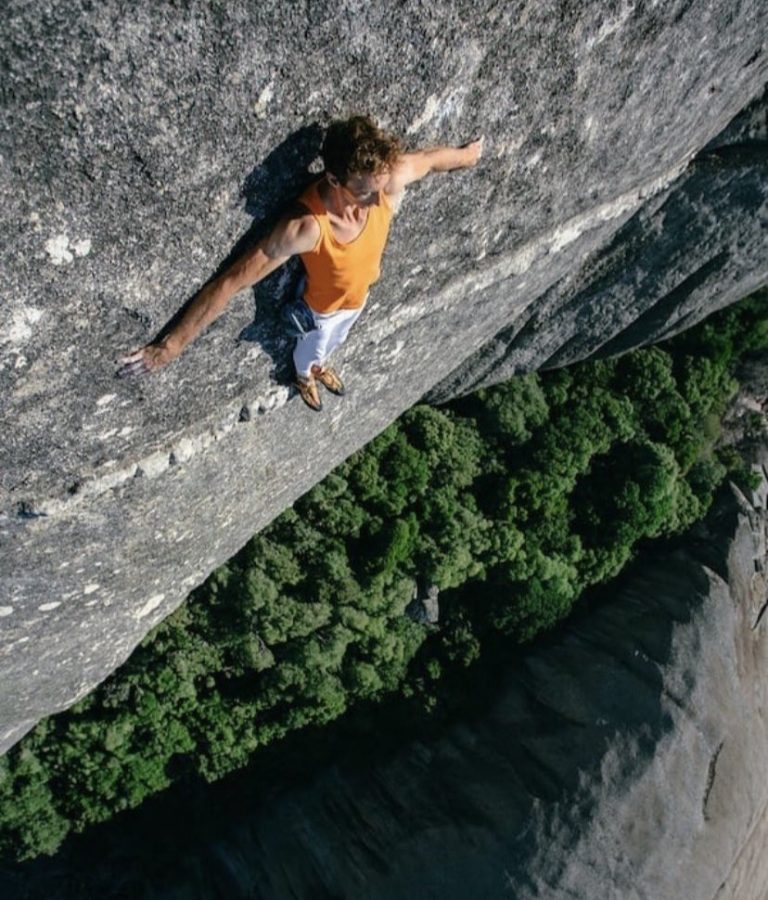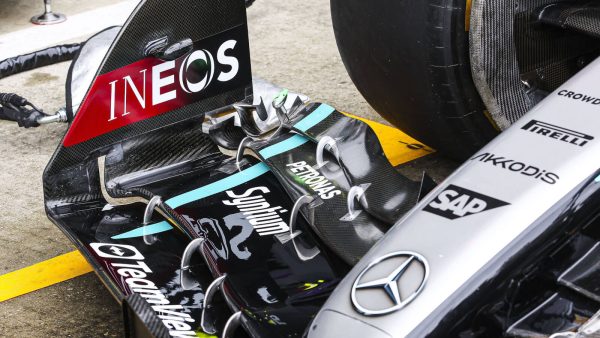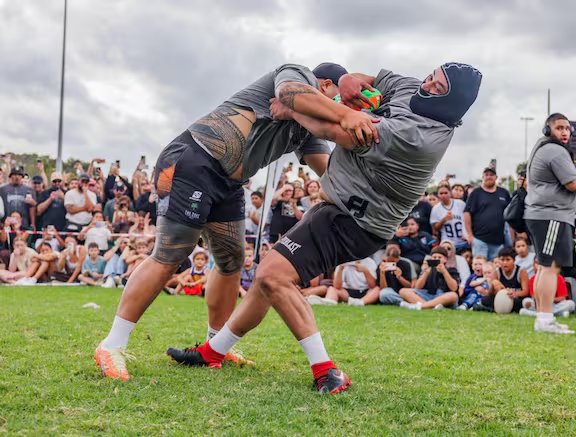Freestyle Climbing, A Dangerous Sport
Freestyle climbing is a really dangerous sport and requires professional experience, but can provide a really good feeling.
Free climbing is when climbers climb outside but without a rope, and with only shoes and chalk, and sometimes on a high cliff! When free solo climbers carry a rope, it is for protection, and it is called rope soloing.
It is the most dangerous type of climbing since you can fall and die at any time, so it requires professional experience. Compared to indoor climbing, there is a cushion to protect from falling, when you climb small walls without a rope, or high walls, with a rope.
Every year, around 20 to 50 climbers die in North America, by doing free climbing.
There is one climber who represents freestyle climbing in the 21 century. His name is Alex Honnold. This climber is famous for the free climbing walls he has done. He started climbing at the age of five and is climbing several times a week, to make climbing his lifestyle.
He lost two of his friends at free climbing. “It wasn’t just the fact that someone had an accident that was going to change the fundamental decisions I had made. But it’s a good thing to revisit them from time to time, and think about it all, to see where you are at.”
He is known as the first climber to climb the El Capitan Wall 3,000 ft high, in California, after attempting to climb it over 15 times, with equipment. He finally got to achieve his dream in 2012, for the first time, without equipment.
He lived in a van for over a decade and was traveling from wall to wall to climb walls all around the world. “It’s not like I love living in a car, but I love living in all these places,” he says.
He also reported on his life, it is called Free Solo. He was showing how he climbed the El Capitan and how he was living. The report went out in 2018 and was popular. It raised 28 million and won the People’s Choice Award in the Documentaries category.
“I did trajectories where I climbed 60 meters above the ground and wondered what I was doing. Then I went back down and came home.”






